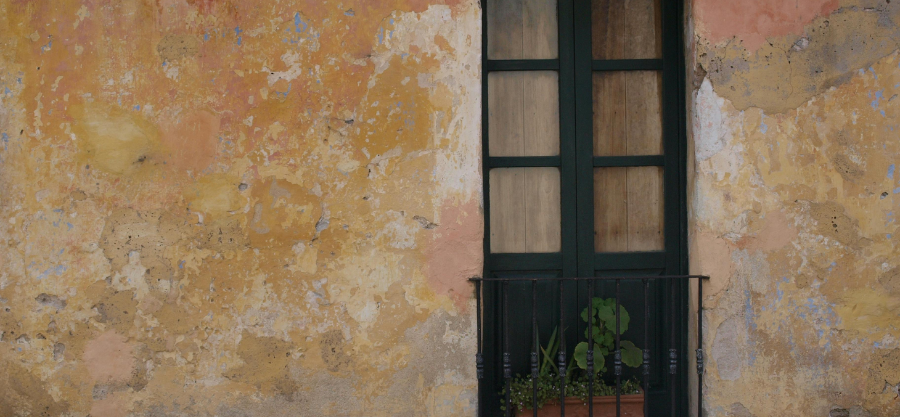Limewashing is one of the most used wall treatments today, as it provides a soft, natural appearance and can bring much warmth and character to the space. The finish allows for depth in both classic and modern rooms with the subtle, chalky texture that it brings. However, choosing the right colors makes all the difference in what you are trying to accomplish. Within the following guide, it will mention some of the best limewashing colors based on hues that complement the inherent elegance of the limewash method as well as fitting well into various kinds of rooms and houses.
Soft White for A Minimalist Airy Feel
Soft white is one of the all-time favorite limewashing hues, as it brightens up any space without obscuring the view in front of it. The tone is minimalist in appearance, although this space has a lot of openness, especially if there is enough natural lighting. The minute texture added by the limewash technique adds depth to the otherwise stark white finish, helping to avoid its usual, chilly feel and making plain white paints something that will not be unpleasant. These come in very handy for your living rooms, kitchens, and bedrooms where you really want to have a spotless and clutter-free space. They give a simple background that will work hand in hand with different design elements from rustic to very modern and allow other colors and textures in the room to take center stage.
Warm Beige for That Cozy Inviting Look
If you are in search of a cozy and inviting atmosphere, warm beige makes a perfect limewashing choice. The earthy feel of warm beige holds such a natural warmth about it that its color would just work so well when contrasted against the flatness of limewash applied to walls yet gives a little sense of depth and softness to it. Beige limewash is just fantastic for areas where you can just be comfortable staying such as in a room acting as a family hall or study. This color goes very well with wooden furniture, plants, and other organic components in a room to bring more warmth. Beige undertones that have a light-brown tint also make the limewashed surface look complex and bring subtle weathering effects, both stylish and timeless on walls.
Dusty Gray for a Modern Chic
Dusty gray can be used as it creates a more modern, elegant look. The neutral undertones of this color bring about a sense of calm to the room without overwhelming the space, making it well-suited for modern and industrial spaces. With the limewash finish applied, gray takes on this soft, nuanced look in a way that is seemingly more organic and less uniform than standard gray paint. Limewashing in a dusty gray tone is perfect for dining rooms, offices, or any room in which you'd want to have a more refined and polished look. It also makes the fine texture that dulls down the edge of the gray while still offering enough warmth not to have a very cold and clinical feeling.
Faded Green for a Rustic Earthy Ambiance
Those with a deeper desire to stay connected with nature will surely like muted green when limewashing. The soft earthy color of this particular shade of limewash brings the outdoors in to create a peaceful, tranquil atmosphere a perfect setting to relax in. A limewashed bedroom or reading nook can be calmed and soothed by this muted green tone, mixing well with textures in wood and linen. The limewash effect softens the green, giving it a very weathered, natural look that feels authentic and grounding. Green tones are quite effective in limewash because the subtle variations in texture allow the color to feel alive and ever-so-slightly different as the light changes throughout the day.
Charcoal for a Bold and Dramatic Statement
Charcoal is very dramatic for limewashing; so, if you want dramatic walls, this might be your choice. A charcoal limewash is deep and dark, which brings a sense of drama and intimacy. But the right context can make it work in amazing ways. This color is especially perfect for accent walls or even smaller spaces, such as a hallway or a powder room, where you want to add depth without overwhelming the room. The limewash texture allows the charcoal to feel slightly softer and more inviting than a traditional flat black paint would, adding dimension and character to the space.
Conclusion
The right color used for limewashing walls can make all the difference between a room that lives up to the mood and style of your space or not. Whether you want soft white's light, airy feel or beige's earthy warmth, the modern edge of dusty gray, the nature-inspired look of muted green, or the bold statement of charcoal, each of these colors will have its charm and character with the limewash technique. Texture and depth add a different kind of uniqueness that is only enhanced with time. Take your time and think about the kind of atmosphere you want to create and have fun decorating your walls with a timeless and stylish finish.
Authors Bio.: Maggie Bloom

Maggie graduated from Utah Valley University with a degree in communication and writing. In her spare time, she loves to dance, read, and bake. She also enjoys traveling and scouting out new brunch locations.


























